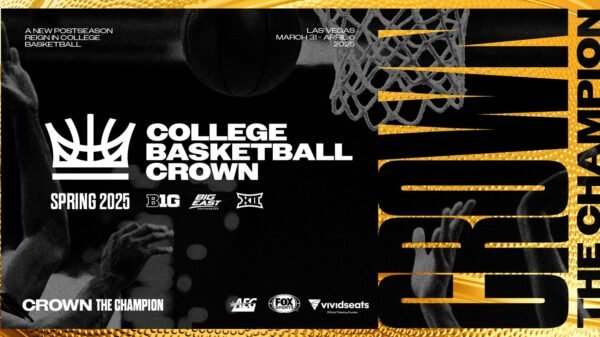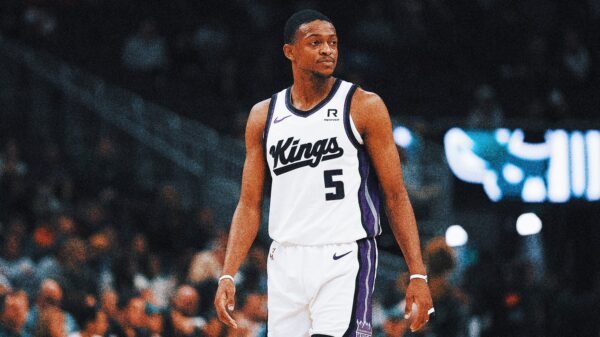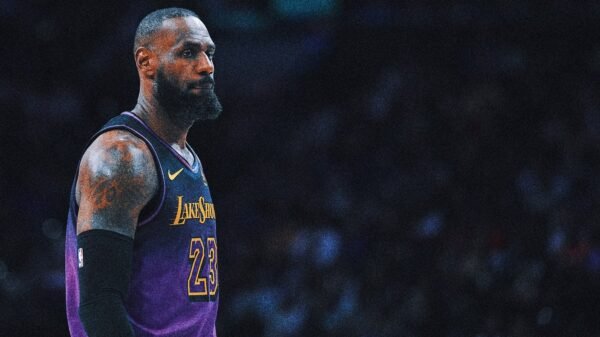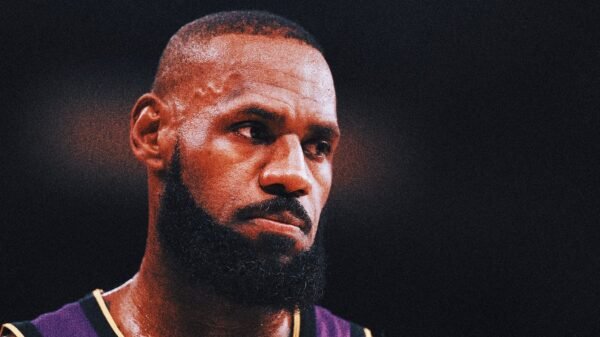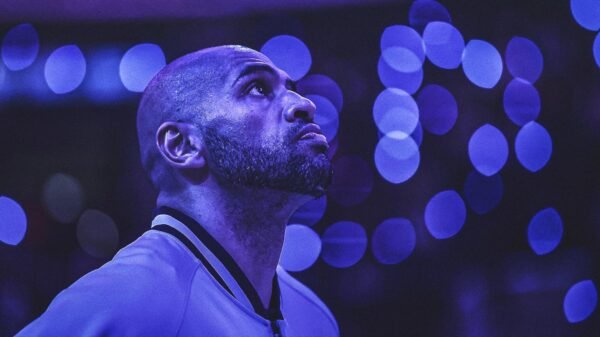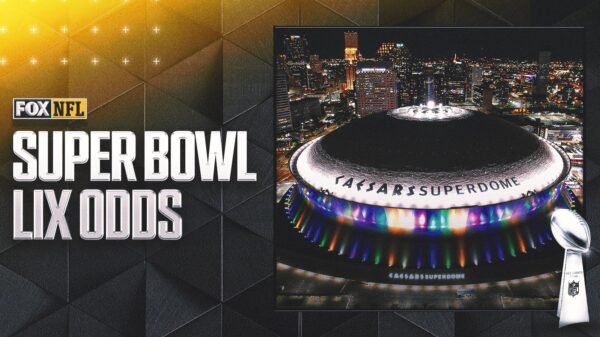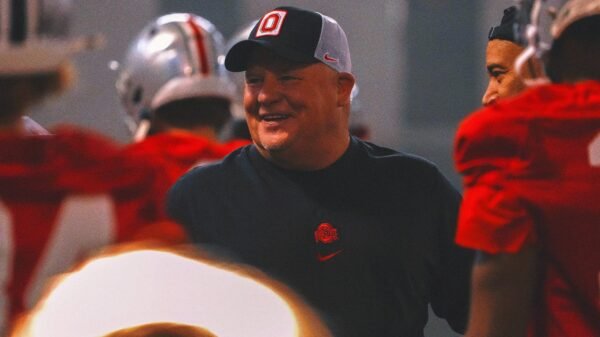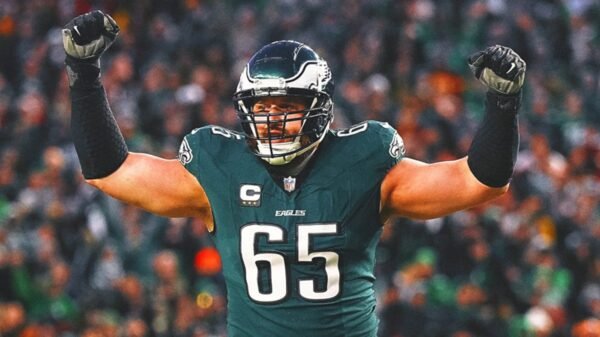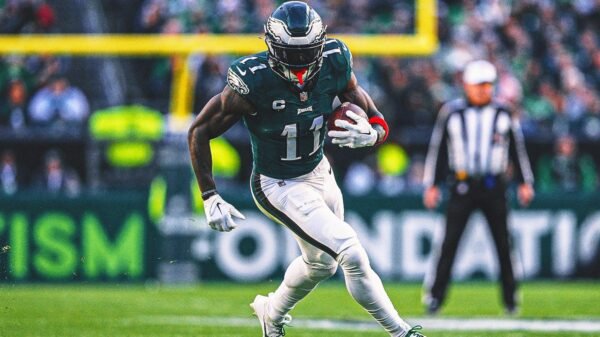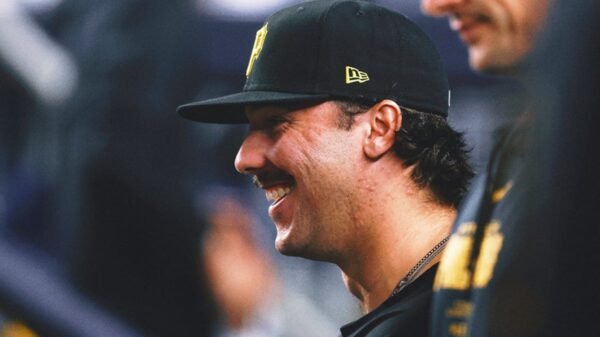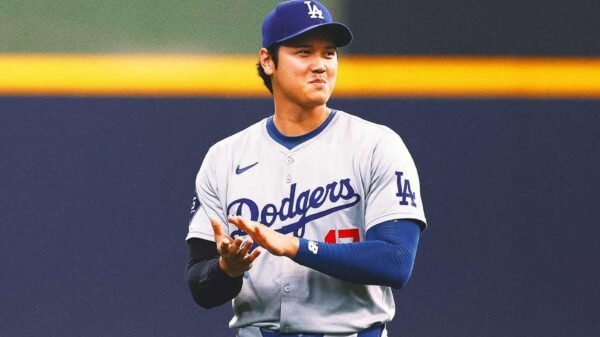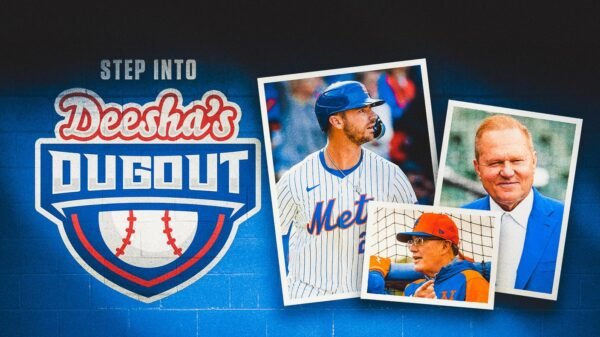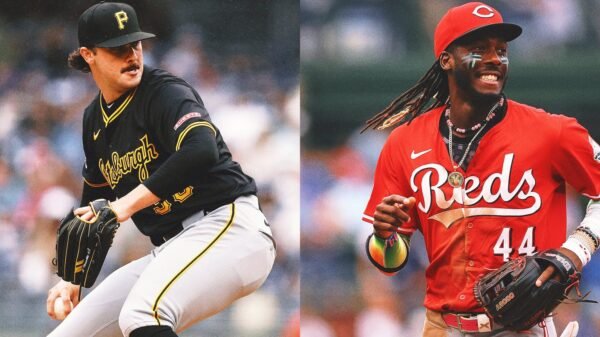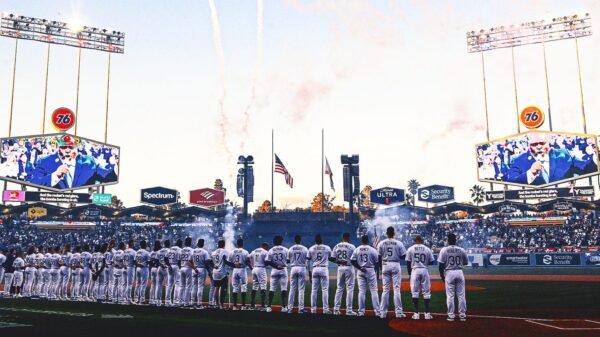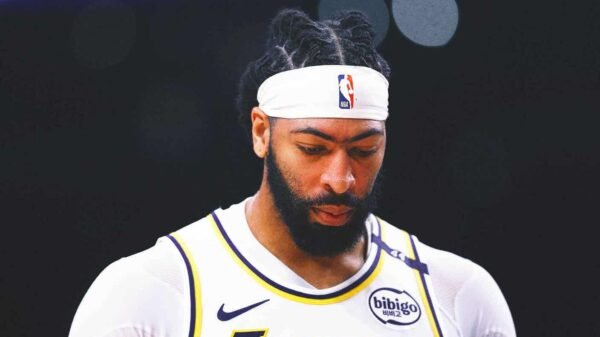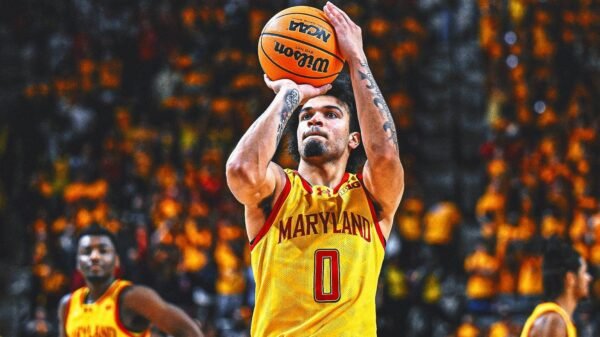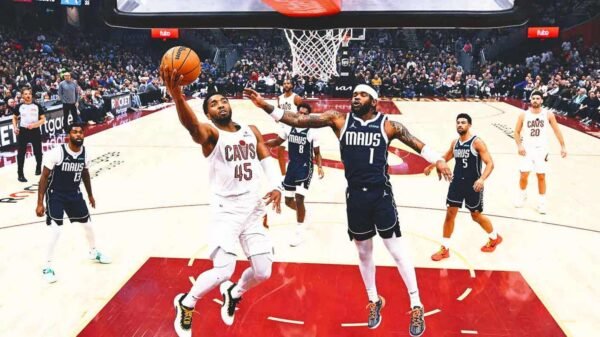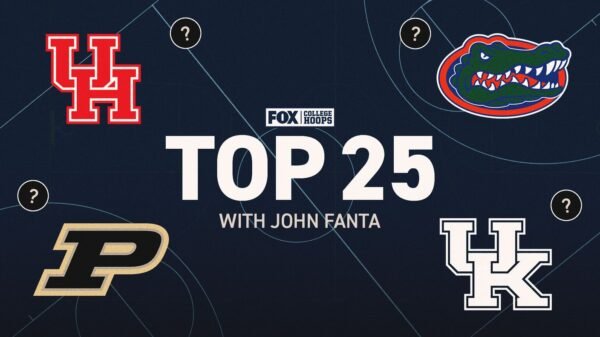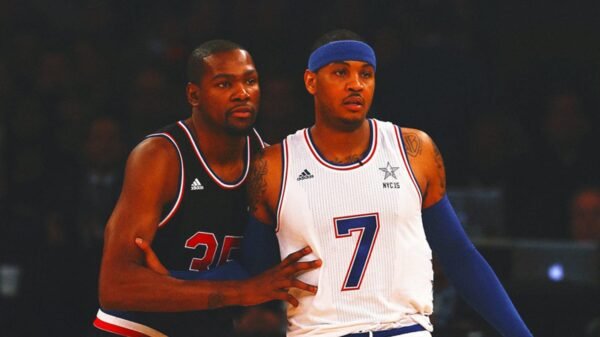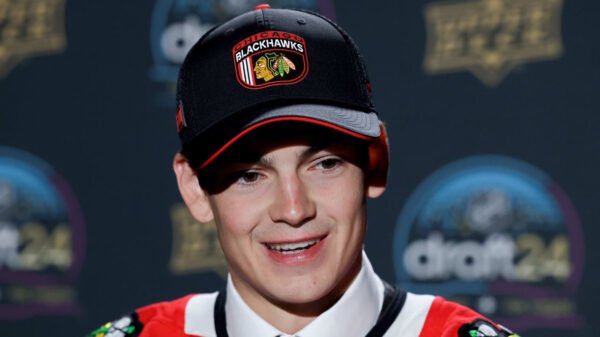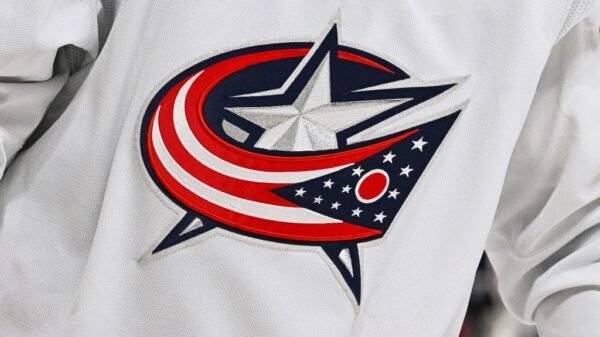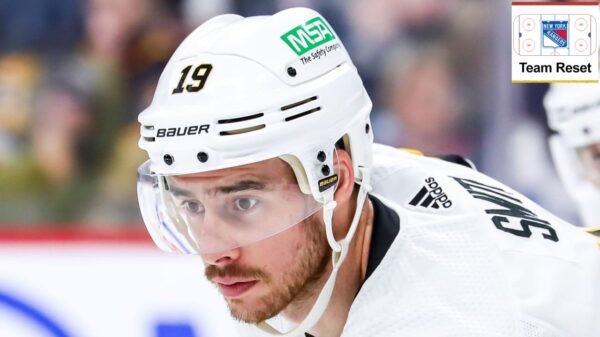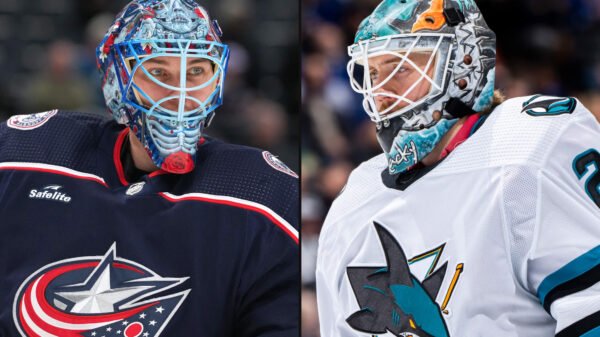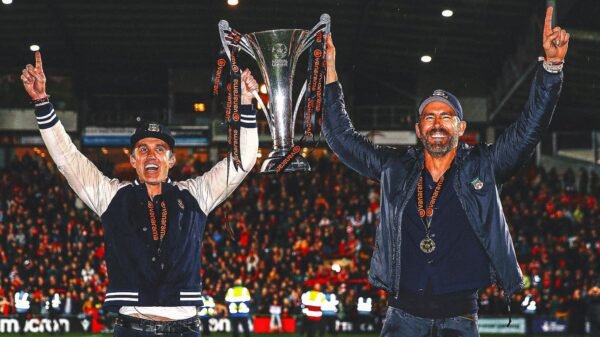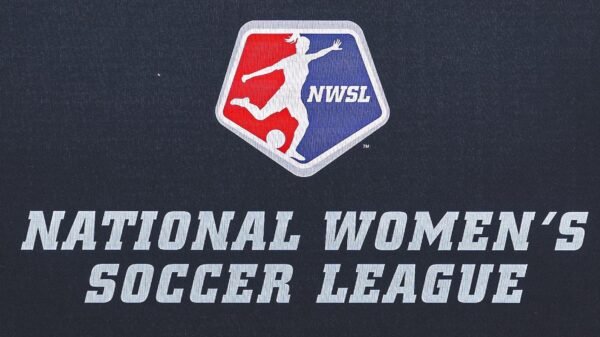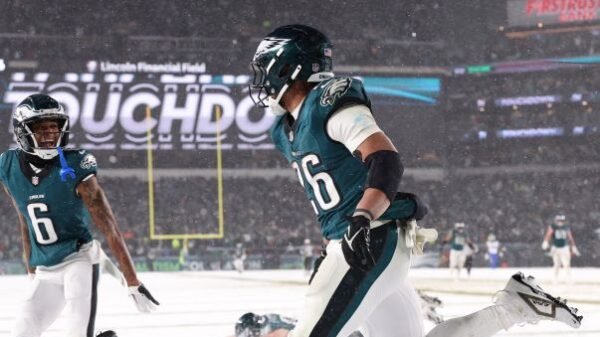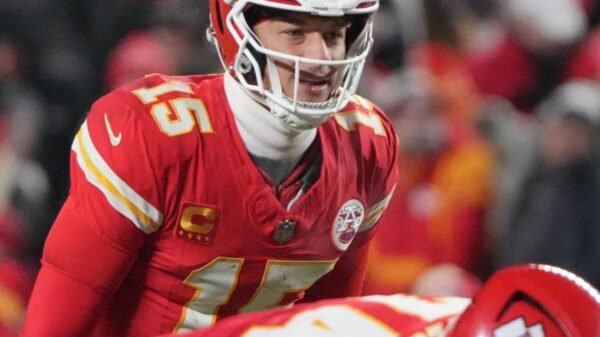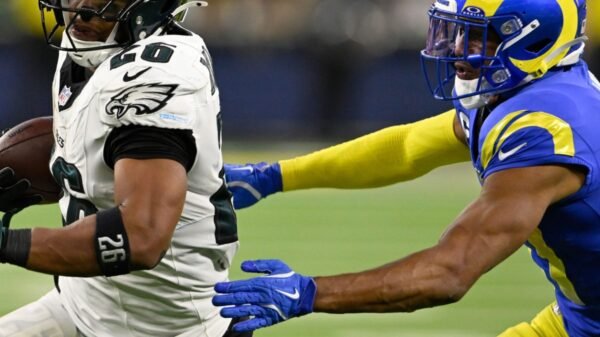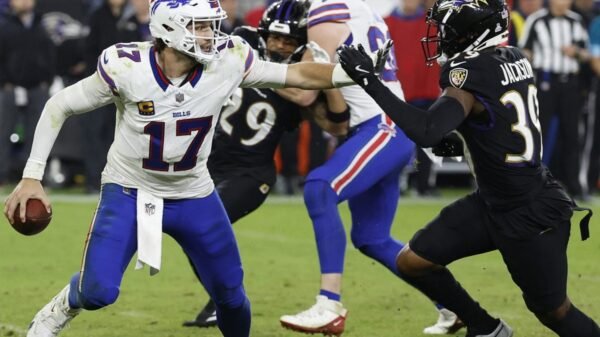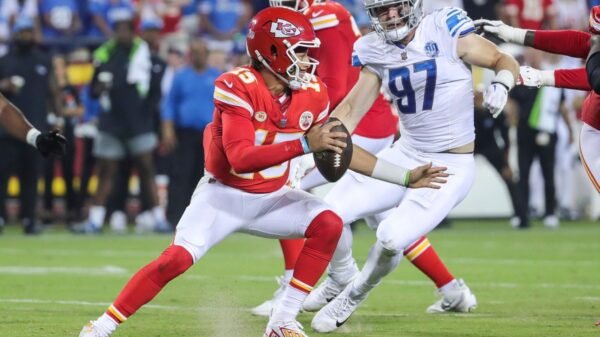The Silent Decline of MLB Offense in 2024
In an era where Major League Baseball (MLB) seems to channel the spirit of Bruce Bochy, famed for his days as a backup catcher in the 1970s and ’80s, the sport is experiencing historically low offensive numbers. A glance at league-wide statistics in 2024 reveals striking similarities to Bochy’s humble career averages, making one question whether these seemingly mediocre numbers are now the norm.
Bochy’s batting stats — a .239 career average and a .388 slugging percentage — mirror the 2024 league averages. With such a backdrop, hitters and fans alike are witnessing a downturn in offensive production. This season is projected to deliver over 1,400 fewer hits, 1,300 fewer runs, and nearly 800 fewer home runs compared to the previous year. The numbers point to a broader trend: the lowest hits per game since 1968 and the fewest doubles since MLB’s expansion in 1993. Moreover, the league slashes an average line of .241/.311/.390, reminiscent of Bochy’s batting.
Mariners’ Ty France and other players echo the sentiment that today’s pitchers are increasingly unhittable, armed with enhanced command and pitch types that include sinkers, cutters, and fastballs with varying spins. Indeed, technological advancements have revolutionized pitching. High-speed cameras, TrackMan data, and pitching labs now allow teams to optimize pitchers’ repertoires, discarding ineffective pitches and introducing new, more deceptive ones. Consequently, hitters find themselves facing a relentless juggernaut of improved pitches and strategic pitching rotations.
Another aspect stifling today’s hitters involves field positioning, especially in the outfield. Modern outfielders, equipped with unprecedented data, consistently rob hitters of extra-base hits by positioning themselves optimally. Coupled with elite defensive skills, outfielders now offer almost impenetrable defenses, contributing to decreased slugging percentages on balls hit to the outfield.
Bat quality and environmental factors such as weather and the humidor also play a role. In their quest to counter increased pitching speeds, hitters are now opting for lighter bats, which may inadvertently hinder their performance. Additionally, while the humidors standardize the storage condition of baseballs, they create uncertainty around how they affect ball carry in different climates and stadiums. Statcast data further supports the decline in offensive output, showing a noticeable reduction in the average distance of barrels hit compared to previous years.
As MLB continues to grapple with these developments, the prospect of immediate rule changes to recalibrate the balance between pitching and hitting seems distant. For now, hitters must adapt to an environment where pitches come faster, move unpredictably, and defenses are stauncher than ever. The evolving dynamics between pitchers and hitters signal a challenging but intriguing future for the sport.
Ultimately, the essence of baseball in 2024 may not favor hitters, pushing them to innovate amidst a defensive renaissance. The season thus poses the question: Can the sport restore its offensive flair, or will pitchers continue to dominate the narrative, leaving hitters to merely survive? The solution isn’t imminent, but the conversation has undeniably begun.

